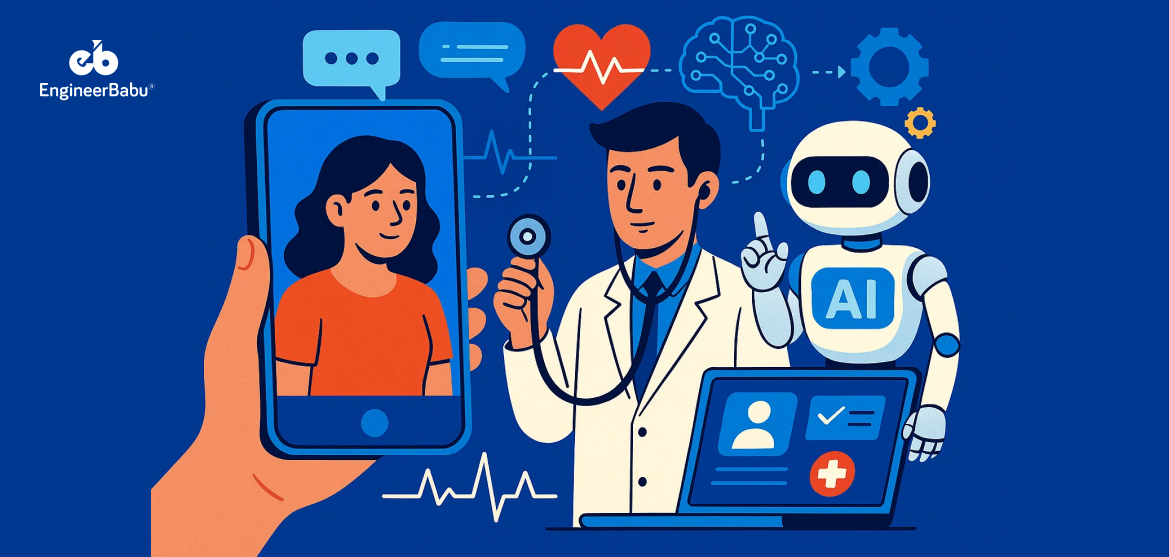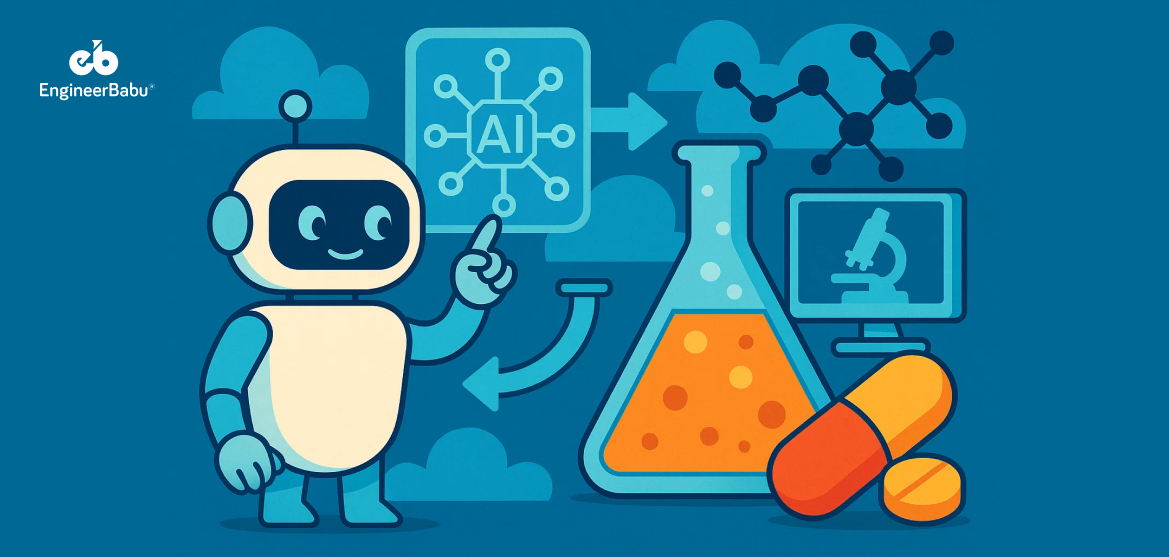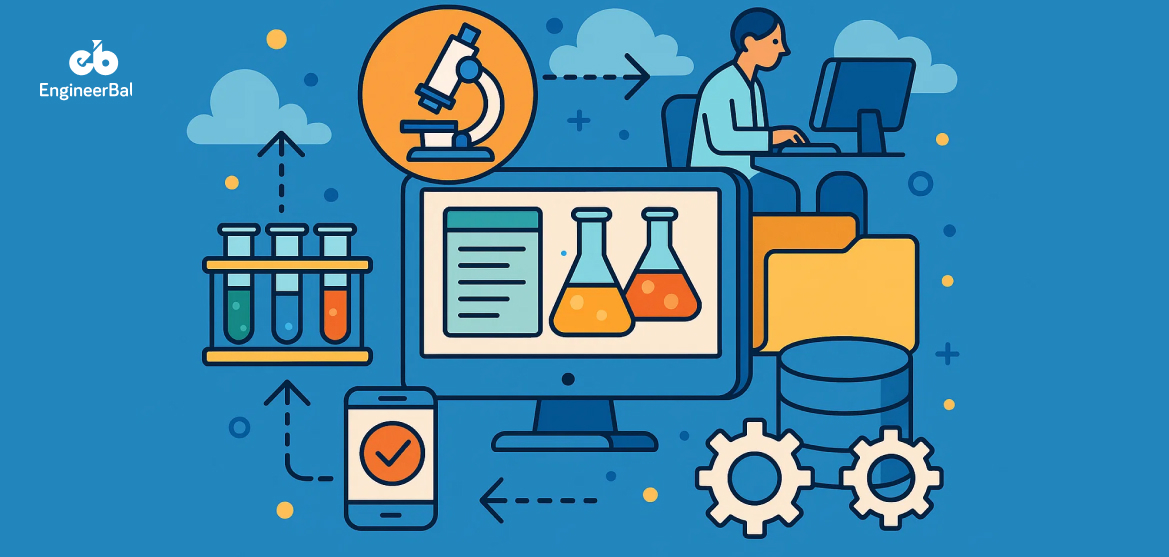You don’t need to sit in a waiting room to see a doctor anymore. These days, a smartphone and a decent internet connection are enough to get medical advice, a diagnosis, and even a prescription, all from your living room. But what’s powering this shift isn’t just convenience or better apps. It’s artificial intelligence.
Telemedicine isn’t just about virtual consultations. It’s about intelligent care. AI and machine learning are quietly transforming how healthcare works behind the scenes, making it faster, more accurate, and, surprisingly, more human.
And this isn’t hype. A 2025 McKinsey report shows that over 70 percent of routine healthcare interactions in the U.S. are now handled virtually, and AI supports nearly half of them. From diagnosing conditions with higher accuracy to personalizing treatment plans and monitoring patients in real time, AI is no longer just a tech buzzword in healthcare. It’s a core part of how people are staying healthier, longer.
So what does this actually look like inside today’s telemedicine apps? Let’s take a look.
8 Ways AI/ML is Enhancing Telemedicine Apps
1. Smarter Symptom Checking and Early Diagnosis
Gone are the days of Googling your symptoms and hoping for the best. Today’s telemedicine apps often come with AI-powered symptom checkers that act as the first line of triage. These tools ask relevant follow-up questions, assess your risk level, and even suggest possible conditions before you speak with a doctor.
What’s happening behind the scenes? ML algorithms are analyzing millions of clinical cases, refining their understanding of symptom patterns across demographics, and adjusting their recommendations based on new data. This leads to faster, more accurate pre-diagnosis support that saves time for both patients and physicians.
2. Personalized Treatment That Actually Feels Personal
AI is helping doctors move away from the one-size-fits-all approach. By analyzing a patient’s medical history, genetic background, lifestyle habits, and even data from wearables, AI can suggest tailored treatment options that fit a person’s unique profile.
For example, if you have high blood pressure and a smartwatch that tracks your daily activity, your telemedicine app might recommend lifestyle changes backed by real-time trends, or alert your doctor to adjust your medication dose based on consistent readings.
The result? A more responsive healthcare experience that keeps evolving with your needs.
3. Real-Time Health Monitoring with Predictive Insights
Wearable devices have exploded in popularity, and now AI is making sense of all that data. Whether it’s heart rate variability, blood glucose levels, or sleep patterns, ML models can flag concerning trends before they become serious.
Imagine a patient with a history of heart issues. An AI system connected to their smartwatch could detect subtle changes in heart rhythm and immediately notify a cardiologist through the telemedicine platform, potentially preventing a serious event before it happens.
It’s not just reactive care anymore. This is proactive, predictive healthcare at its best.
4. Lightning-Fast Medical Imaging Analysis
Radiology is no longer limited to hospital labs. With AI integrated into telemedicine apps, doctors can upload an X-ray or CT scan and get near-instant analysis. These tools aren’t replacing radiologists—they’re augmenting them by spotting patterns that might be missed under pressure or fatigue.
This is especially critical for rural or under-resourced clinics where access to specialists is limited. Now, a GP can consult with an AI assistant to catch early signs of pneumonia, fractures, or even tumors, without needing a full radiology department.
5. Making Mental Health Care More Accessible
Mental health support is one of the fastest-growing areas in telemedicine, and AI is helping scale it in meaningful ways. Apps like Woebot and Wysa use conversational AI to deliver cognitive behavioral therapy techniques in real time.
These chatbots aren’t just scripted; they adapt to your tone, your word choices, even your emoji use, offering support that feels more human than robotic. While they’re not a replacement for licensed therapists, they offer an accessible first step for users who need help at 2 a.m. or feel hesitant about speaking to a human.
6. Breaking Down Language and Accessibility Barriers
Language should never be a barrier to healthcare. AI-powered real-time translation is making it easier than ever for patients and doctors to communicate, regardless of their native language. Telemedicine apps can now translate speech or text during live consultations with impressive accuracy.
A Spanish-speaking patient in California can connect with an English-speaking specialist in New York without confusion or delays.
AI is also improving accessibility for people with disabilities. Voice-controlled interfaces help patients with limited mobility navigate telehealth apps independently. For those with visual impairments, enhanced screen readers and smart audio cues allow smoother interaction. These tools are helping telemedicine become more inclusive for everyone.
7. Behind the Scenes: Fraud Detection and Smart Scheduling
While AI powers the features that patients see, it also plays a critical role behind the scenes. Advanced algorithms are now able to scan billing and usage data to spot patterns that may indicate fraud, such as duplicate charges or unusual claims. This is especially important as the scale of telehealth services continues to grow.
AI is also improving how telemedicine appointments are scheduled. Instead of relying on static booking systems, machine learning tools analyze previous attendance rates, provider availability, and even regional trends to optimize scheduling. This reduces wait times, limits cancellations, and ensures that high-priority cases are seen when they need to be.
8. Privacy, Security, and Trust
With more sensitive health data being shared online, privacy is a top concern for patients. AI is playing a vital role in keeping that data safe. It monitors for unusual login behavior, encrypts health records in real time, and flags potential threats before they become serious problems.
AI is also helping healthcare platforms stay compliant with regulations like HIPAA and GDPR. By automating many aspects of data management, it ensures that patient information is stored, accessed, and shared securely. In the digital age, trust in healthcare depends on strong privacy practices, and AI is now an essential part of that foundation.
Conclusion
AI and machine learning are reshaping telemedicine by enabling early detection of health issues, reducing diagnostic errors, and customizing treatments based on real patient data. These technologies help monitor chronic conditions remotely, which lowers hospital visits and cuts healthcare costs.
They also expand access to specialists for people in remote or underserved areas, breaking down long-standing barriers in healthcare delivery. By automating routine tasks like appointment scheduling and documentation, AI lets doctors focus more on patient care and less on paperwork.
In short, AI is turning telemedicine into a tool that doesn’t just connect patients and doctors but improves the quality, efficiency, and reach of care. This shift is already happening, and it will continue to define how healthcare evolves in the years ahead.
Frequently Asked Questions (FAQs)
1. How is AI improving diagnosis in telemedicine apps?
AI analyzes vast amounts of medical data to identify patterns and symptoms that may be missed by humans. This leads to faster and more accurate preliminary diagnoses, helping doctors prioritize cases and reduce errors.
2. Can telemedicine apps personalize treatment plans using AI?
Yes. AI can process patient history, genetics, lifestyle, and real-time health data from wearables to recommend customized treatment options. This makes care more effective and tailored to individual needs.
3. How do telemedicine apps monitor patients remotely?
Telemedicine apps integrate with wearable devices to collect continuous health data like heart rate or glucose levels. Machine learning models analyze this data to detect any worrying trends and alert healthcare providers promptly.
4. What role does AI play in mental health support through telemedicine?
AI-powered chatbots provide 24/7 emotional support and therapy tools, using conversational AI to adapt to individual moods and needs. They offer an accessible first step for mental health care and help reduce barriers to seeking help.
5.How can EngineerBabu help with telemedicine app development?
EngineerBabu specializes in building custom telemedicine applications powered by AI and machine learning. Their development services include designing user-friendly interfaces, integrating advanced AI features like symptom checkers and remote monitoring, and ensuring compliance with healthcare data security standards.




